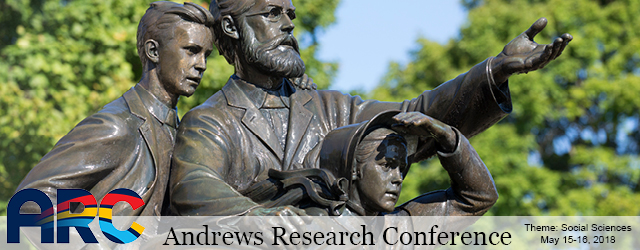Presenter Status
Ph.D. student, Department of Political Science at Rice University
Presentation Type
Oral presentation
Presentation Abstract
Incumbency advantage, coattail effects, and reverse coattail effects refer to different ways in which a candidate’s chances of winning are tied to her party’s past and present electoral success. While incumbency advantage pertains to the likelihood of winning reelection and coattail effects are those present in concurrent races at different levels of government, this paper focuses on the electoral advantage a presidential candidate receives when his or her party controls the executive branch of a state or municipality. Focusing on the Mexican case, while partisanship may be a driving factors behind this party incumbency advantage, mayors and governors can employ clientelist strategies and exploit links to media outlets in favor of their party’s candidate. Historically, the PRI has maintained strong clientelist networks, but research points to a decrease in such practices. Since the creation of an autonomous electoral institution in 1990, opposition parties began to win local races and in 2000 the PRI lost the presidency to the PAN. Has the overall party incumbency advantage of the PRI decreased since then? How does the PRI incumbency advantage compare to that of the PAN or PRD? To explore the impact of party incumbency on a presidential candidate’s electoral success in a given region, I use data from the Federal Electoral Institute on the presidential vote in each municipality in Mexico for the four presidential elections held between 1994 and 2012. The paper concludes with lessons from the 1994-2012 period that help us better understand the pivotal 2018 Mexican presidential election.
Biographical Sketch
Enrique Quezada is Ph.D. student in the Department of Political Science at Rice University, as well as a graduate fellow for the Mexico Center at Rice University's Baker Institute for Public Policy. His research interests include electoral institutions and political representation in Latin America. Quezada holds a bachelor’s degree in music from Union College.
The Electoral Value of Executive Power in Mexico: 1994-2012
Incumbency advantage, coattail effects, and reverse coattail effects refer to different ways in which a candidate’s chances of winning are tied to her party’s past and present electoral success. While incumbency advantage pertains to the likelihood of winning reelection and coattail effects are those present in concurrent races at different levels of government, this paper focuses on the electoral advantage a presidential candidate receives when his or her party controls the executive branch of a state or municipality. Focusing on the Mexican case, while partisanship may be a driving factors behind this party incumbency advantage, mayors and governors can employ clientelist strategies and exploit links to media outlets in favor of their party’s candidate. Historically, the PRI has maintained strong clientelist networks, but research points to a decrease in such practices. Since the creation of an autonomous electoral institution in 1990, opposition parties began to win local races and in 2000 the PRI lost the presidency to the PAN. Has the overall party incumbency advantage of the PRI decreased since then? How does the PRI incumbency advantage compare to that of the PAN or PRD? To explore the impact of party incumbency on a presidential candidate’s electoral success in a given region, I use data from the Federal Electoral Institute on the presidential vote in each municipality in Mexico for the four presidential elections held between 1994 and 2012. The paper concludes with lessons from the 1994-2012 period that help us better understand the pivotal 2018 Mexican presidential election.



